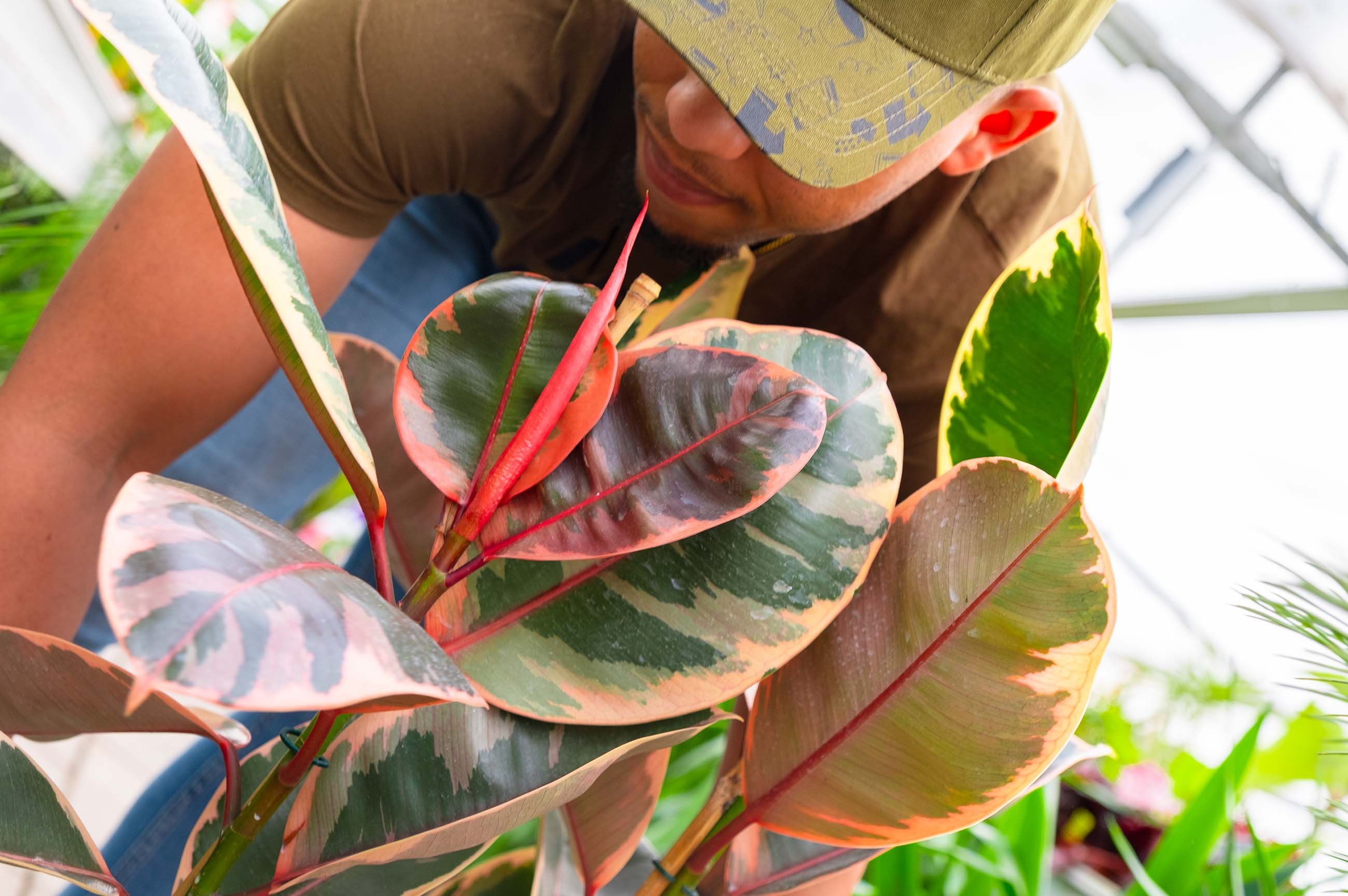Basic knowledge about cultivation problems
As a starting grower you obviously want to make your first culture a success. Most common growing problems are easily prevented by keeping a close eye on your plant. An important rule of thumb is that you should never use too much of a good thing. But which factors should you keep an eye on?

Water
Never give your plants too much water. This can have serious consequences especially when your subsrate rentains a lot of water. Overwatering is the main cause of a number of pathogens that result in root rot. Always make sure excess water can run away. You'll also want to check that your soil does not remain wet for too long. You can use your fingers to feel if the soil is dry enough to be watered again. If you've potted your plants you can also use a scale. Weigh your plant when the soil has the right moisture balance. Use this weight in the future to determine if your plants needs water. This works because water evaporates from the soil and the plant. The amount of water will thus decrease, causing the total weight to also be lowered.
Fertiliser
Like water, too much fertiliser is not good for your plants. Minerals may accumulate, causing your plant to absorb less water. This is because the concentration of minerals in the soil will be higher than the concentration of minerals in the plant. This results in water flowing from the plant to the soil instead of the other way around. A plant that receives too much fertiliser dries out. Leaves will go limp and their tips will turn brown. The plant will also look withered.
pH value
The ideal value for a standard (peat) substrate is between 5.5 and 6.5. If the pH value is higher or lower the absorption of nutritents may be afflicted. However, not all nutrients are absorbed optimally at the same pH value. Some nutrients require an acidic environment, while others prefer a basic environment. Because of this, we recommend that you regularly check the pH value of your soil. When you cultivate without 100% NATURAL grow style, measuring the pH value of your soil is not required assuming your tap water has a normal pH value.
Light
The presence of light is of the utmost importance for your plants. This is because light helps photosynthesis to take place. Never hang your light source too high above your plant. This will cause it to overhang. As a consequence, your plant will not receive enough light and bend over. Because of this, we do not recommend a window culture. The plant will then not receive enough light to develop ripe fruits.
Leaves
Leaves produce a large amount of sugars for the plant. The plant uses these sugars as an energy source. Among others, they make new leaves, buds, branches and roots with it. Light plays a large role in this. When leaves are completely in the shade they have a larger chance of diseases. Insects also like these leaves better. This is because these leaves are less vital, which makes them easier prey. Because of this, we recommend you make sure that your plant receives enough light. If this is not possible you might consider removing the leaves that are in the shade.
The pot
Always make sure your pot is large enough for your plant and its roots. If the pot is too small for your plant there will be no room for its roots to develop. This results in roots becoming stressed because of the lack of space. Rootbound can be a consequence of this. In this case the plant does not receive enough nutrients, causing the growth of fruits to lag behind. You'll want to make sure your plants always have enough room to develop.
Ventilation
Plants always require fresh air. When growing outdoors this is not an issue. When growing indoors however, you personally need to make sure your plants have enough fresh air available. Plants need fresh air to store carbon dioxide. They absorb this from the air and use it for photosynthesis. With this process a plant creates sugars that it uses to grow.
Temperature
A temperature that is too high or low can cause growth problems for your plant. These happen because in this case the plant's metabolism does not function optimally. If the temperature is too high, your plant will also absorb less carbon dioxide from the air. This affects photosynthesis. We recommend a temperature between 20 and 26°C if you don't want to worry too much.